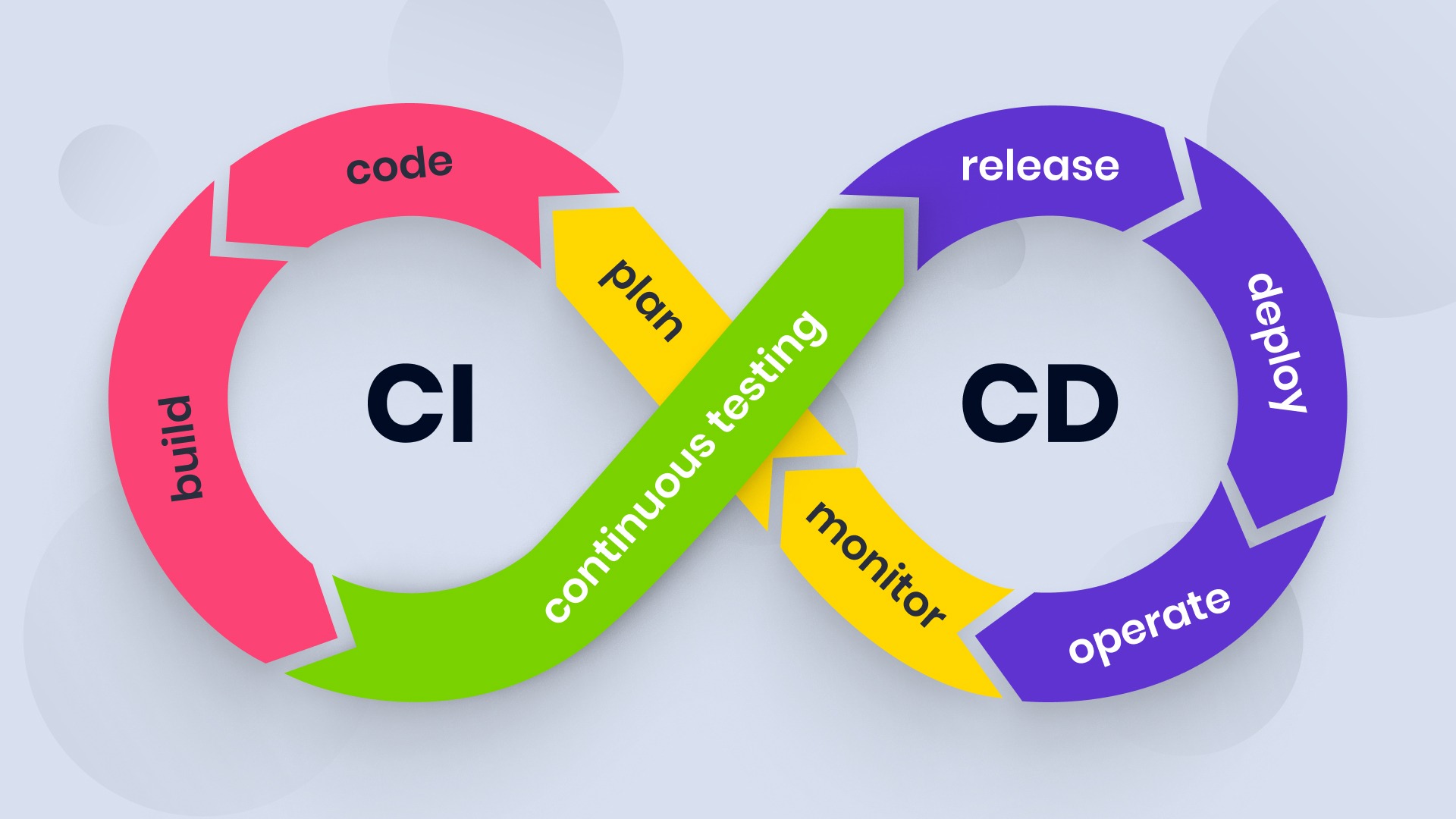
Imagine you’re writing a novel. CI is like sending your manuscript to an editor every time you finish a chapter. The editor checks for errors, inconsistencies, and overall quality. CD is like sending your finished book to the printer. Every time you make significant improvements, a new version of the book is printed and distributed.
Together, CI/CD ensures your book (or software) is always up-to-date, error-free, and ready for readers (users).
CI/CD definition
CI/CD (Continuous Integration and Continuous Delivery) is a software development methodology that automates the build, testing, and deployment of code. It emphasizes frequent integration of code changes from multiple developers into a shared repository and the automated build and testing of the resulting codebase.
What is a CI/CD delivery pipeline?
A CI/CD delivery pipeline is an automated process that moves software from development to production. It encompasses a series of steps, including building, testing, and deploying code.
Continuous Integration (CI). Developers frequently merge code changes into a shared repository, triggering automated builds and tests.
Continuous Delivery (CD). Builds and tests the code, preparing it for deployment to a production-like environment.
Continuous Deployment (CD). Automatically deploys code changes to production after successful testing.

A CI/CD pipeline consists of several sequential stages that automate the software development process.
- Commit. Developers commit code changes to a version control system (e.g., Git).
- Build. The code is compiled, packaged, and prepared for deployment.
- Test. Automated tests (unit, integration, and acceptance) are executed to ensure code quality.
- Deploy. The tested code is deployed to a staging or production environment.
- Release. The software is made available to end-users.
- Monitor. The application’s performance and user feedback are monitored in production.
Alternatives to CI/CD
While CI/CD is the dominant approach to modern software development, there are alternatives that you might be considering.
Traditional Waterfall model
A linear sequential design process where each phase depends on the deliverables of the previous one. Less flexible and adaptable compared to CI/CD.
Agile development without CI/CD
While Agile promotes iterative development, it doesn’t inherently require CI/CD. Manual testing and deployment can be more error-prone and time-consuming.
Manual deployment
Relies on human intervention for each deployment, which is inefficient and prone to errors. It lacks automation and standardization.
These alternatives generally offer less efficiency, speed, and quality compared to CI/CD. In today’s tech environment, CI/CD is the preferred approach for most companies.
Specialists involved in CI/CD
Creating, integrating, and managing a CI/CD pipeline requires a collaborative effort from various specialists. Some of them are:
- DevOps engineers. They are at the core of CI/CD, responsible for designing, implementing, and maintaining the pipeline.
- Software developers contribute to the pipeline by writing code and committing changes to the version control system.
- QA engineers define test cases and integrate them into the pipeline.
- Release managers oversee the deployment process and manage releases.
- IT operations manage the underlying infrastructure and ensure the pipeline runs smoothly.
« Back to Glossary Index

